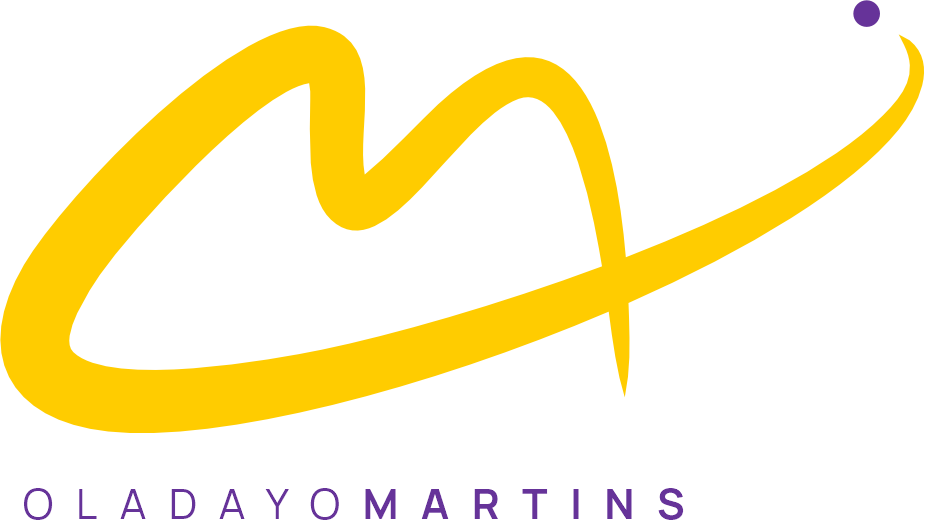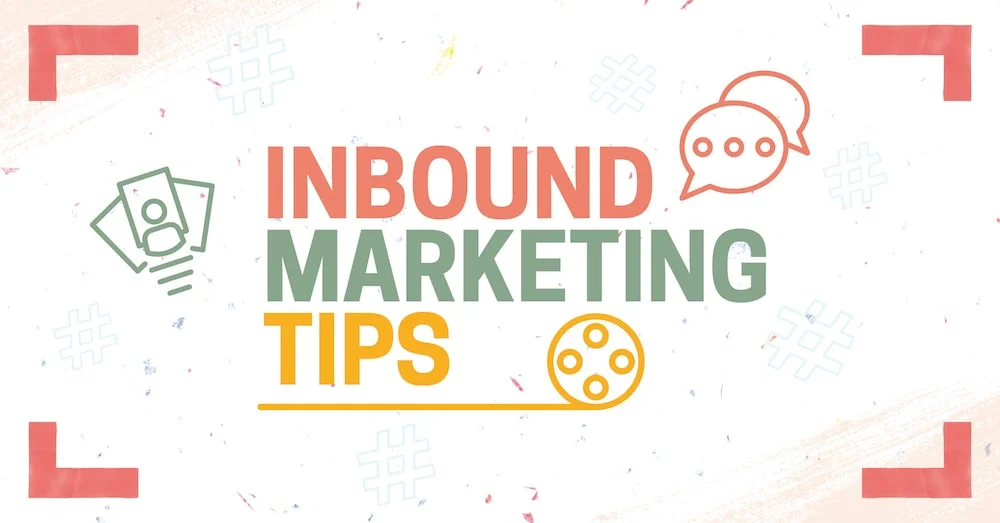Inbound marketing has become one of the most effective ways to generate leads and increase conversions. It focuses on attracting customers through valuable and relevant content, rather than interrupting them with unwanted ads. With the right inbound marketing strategies, businesses can build long-lasting relationships with customers and drive more revenue. In this article, we’ll share some inbound marketing tips to help you increase conversion in 2023.
What is Inbound Marketing?
Inbound marketing is a marketing methodology that focuses on attracting, engaging, and delighting customers by providing them with valuable and relevant content. It’s based on the idea that customers are more likely to engage with a business that provides them with helpful information, rather than one that interrupts them with unwanted ads.
Inbound marketing is a customer-centric approach that seeks to build long-lasting relationships with customers, rather than just selling them a product or service. It involves understanding your target audience, creating content that resonates with them, and using various digital channels to reach them where they are.
Stages of Inbound Marketing

But before then, we should take a look at the stages involved in inbound marketing, typically, the inbound marketing process would consist of four stages, these are:
- Attract
The first stage of inbound marketing is to attract visitors to your website. This is done by creating content that’s relevant and valuable to your target audience. This can take the form of blog posts, social media updates, videos, podcasts, and more. The key is to create content that addresses your target audience’s pain points and interests, and that helps them solve their problems or achieve their goals.
- Convert
The second stage of inbound marketing is to convert visitors into leads. This is done by providing them with an offer that’s relevant and valuable to them. This can take the form of a free ebook, a webinar, a free trial, or a consultation. To get the offer, visitors need to fill out a form with their contact information. This allows you to capture their information and start building a relationship with them.
- Close
The third stage of inbound marketing is to close leads into customers. This is done by nurturing them with targeted and personalized content that’s designed to move them through the sales funnel. This can take the form of email marketing, lead scoring, and sales enablement. By providing leads with the information they need at the right time, you can help them make an informed decisions and become customers.
- Delight
The fourth stage of inbound marketing is to delight customers. This is done by providing them with exceptional customer service, support, and ongoing value. By continuing to provide valuable content and resources to your customers, you can keep them engaged with your brand and build long-term relationships. This can lead to repeat business, referrals, and brand advocacy.
By following these stages and creating valuable content and experiences for your target audience, you can attract visitors to your website, convert them into leads, close them into customers, and delight them to build long-term relationships.
Inbound Marketing Tips
- Define Your Target Audience
One of the key principles of inbound marketing is to know your audience. By defining your target audience, you can create content that resonates with them and attracts them to your website. Start by creating buyer personas – fictional representations of your ideal customers. Consider their demographics, interests, pain points, and motivations. Use this information to develop targeted content that speaks directly to their needs.
- Create Quality Content
Content is the cornerstone of inbound marketing. By creating quality content, you can attract visitors to your website, establish your authority, and nurture leads into customers. But what makes content “quality”? It’s content that’s relevant, informative, and valuable to your audience. It can take the form of blog posts, ebooks, whitepapers, videos, and more. The key is to provide content that helps your audience solve their problems or learn something new.
- Optimize Your Website
Your website is the hub of your inbound marketing efforts. It’s where visitors go to learn more about your business, access your content, and convert into leads or customers. To maximize your website’s potential, you need to optimize it for both search engines and users. Make sure your website is mobile-friendly, loads quickly, and has clear navigation. Use keyword-rich titles and meta descriptions, and make sure your website is easy to navigate.
- Leverage Social Media
Social media can be a powerful tool for inbound marketing. By sharing your content on social media, you can attract more visitors to your website and build your brand. But it’s not just about promoting your own content. You also need to engage with your audience, participate in conversations, and share other valuable content. By being a helpful and active member of the community, you can build trust and establish your authority.
- Use Email Marketing
Email marketing is one of the most effective ways to nurture leads and convert them into customers. By sending targeted and personalized emails, you can build relationships with your audience and keep them engaged with your brand. Use email marketing to share your latest content, offer exclusive promotions, and provide helpful tips and advice. Make sure your emails are optimized for mobile devices and use clear calls to action.
- Incorporate Video
Video is quickly becoming one of the most popular forms of content. By incorporating video into your inbound marketing strategy, you can increase engagement and conversions. Use video to tell your brand story, explain your products or services, and provide helpful tips and advice. Make sure your videos are high-quality, short and to the point, and optimized for mobile devices.
- Measure Your Results
To maximize the effectiveness of your inbound marketing efforts, you need to measure your results. Use tools like Google Analytics and HubSpot to track your website traffic, leads, and conversions. Use A/B testing to experiment with different landing pages, calls-to-action, and email subject lines. By measuring your results, you can identify what’s working and what’s not, and make adjustments to improve your conversion rates.
In conclusion, inbound marketing is an effective way to attract customers, build relationships, and increase conversions. By defining your target audience, creating quality content, optimizing your website, leveraging social media, using email marketing, incorporating



